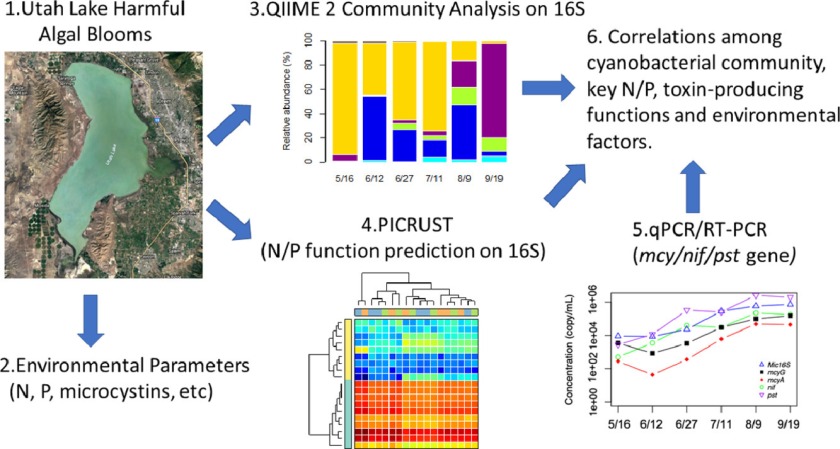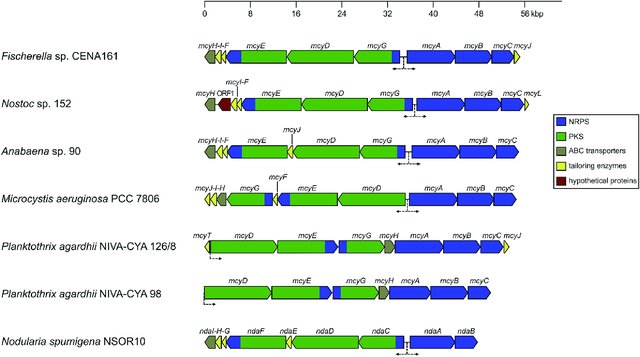
Authors
Cintia Flores and Josep Caixach
The appearance of a bloom of cyanobacteria in the Sau-Susqueda-El Pasteral system (River Ter, NE Spain) in the autumn of 2015 has been the most recent episode of extensive bloom detected in Catalonia. This system is devoted mainly to urban supply, regulation of the river, irrigation and production of hydroelectric energy. In fact, it is one of the main supply systems for the metropolitan area of cities such as Barcelona and Girona. An assessment and management plan was implemented in order to minimize the risk associated to cyanobacteria. The reservoir was confined and periodic sampling was carried out. Low and high toxicity was detected by cell bioassays with human cell lines. Additionally, analysis studies were performed by enzyme-linked immunosorbent assay (ELISA) and liquid chromatography–high resolution mass spectrometry (LC–HRMS). A microcystin target analysis and suspect screening of microcystins, nodularins, cylindrosperpmopsin and related cyanobacterial peptides by LC–HRMS were applied. The results for the analysis of microcystins were negative (<0.3 μg/L) in all the surface samples. Only traces of microcystin-LR, -RR and -dmRR were detected by LC–HRMS in a few ng/L from both fractions, aqueous and sestonic. In contrast, different anabaenopeptins and oscillamide Y at unusually high concentrations (µg-mg/L) were observed. To our knowledge, no previous studies have detected these bioactive peptides at such high levels. The reliable identification of these cyanobacterial peptides was achieved by HRMS. Although recently these peptides are detected frequently worldwide, these bioactive compounds have received little attention. Therefore, more studies on these substances are recommended, especially on their toxicity, health risk and presence in water resources.









